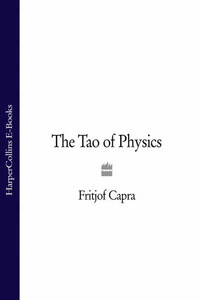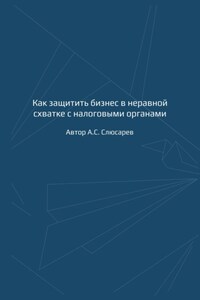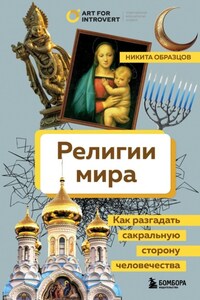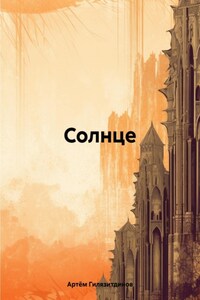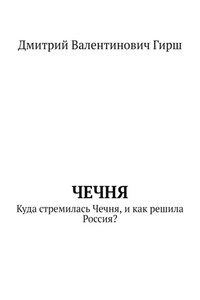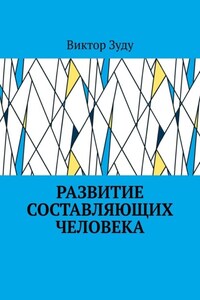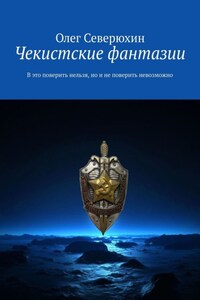It is probably true quite generally that in the history of human thinking the most fruitful developments frequently take place at those points where two different lines of thought meet. These lines may have their roots in quite different parts of human culture, in different times or different cultural environments or different religious traditions: hence if they actually meet, that is, if they are at least so much related to each other that a real interaction can take place, then one may hope that new and interesting developments may follow.
Werner Heisenberg
Five years ago, I had a beautiful experience which set me on a road that has led to the writing of this book. I was sitting by the ocean one late summer afternoon, watching the waves rolling in and feeling the rhythm of my breathing when I suddenly became aware of my whole environment as being engaged in a gigantic cosmic dance. Being a physicist, I knew that the sand, rocks, water and air around me were made of vibrating molecules and atoms, and that these consisted of particles which interacted with one another by creating and destroying other particles. I knew also that the Earth’s atmosphere was continually bombarded by showers of ‘cosmic rays’, particles of high energy undergoing multiple collisions as they penetrated the air. All this was familiar to me from my research in high-energy physics, but until that moment I had only experienced it through graphs, diagrams and mathematical theories. As I sat on that beach my former experiences came to life; I ‘saw’ cascades of energy coming down from outer space, in which particles were created and destroyed in rhythmic pulses; I ‘saw’ the atoms of the elements and those of my body participating in this cosmic dance of energy; I felt its rhythm and I ‘heard’ its sound, and at that moment I knew that this was the Dance of Shiva, the Lord of Dancers worshipped by the Hindus.
I had gone through a long training in theoretical physics and had done several years of research. At the same time, I had become very interested in Eastern mysticism and had begun to see the parallels to modern physics. I was particularly attracted to the puzzling aspects of Zen which reminded me of the puzzles in quantum theory. At first, however, relating the two was a purely intellectual exercise. To overcome the gap between rational, analytical thinking and the meditative experience of mystical truth, was, and still is, very difficult for me.
In the beginning I was helped on my way by ‘power plants’ which showed me how the mind can flow freely; how spiritual insights come on their own, without any effort, emerging from the depth of consciousness. I remember the first such experience. Coming, as it did, after years of detailed analytical thinking it was so overwhelming that I burst into tears, at the same time, not unlike Castaneda, pouring out my impressions on to a piece of paper.
Later came the experience of the Dance of Shiva which I have tried to capture in the photomontage shown in Plate 7. It was followed by many similar experiences which helped me gradually to realize that a consistent view of the world is beginning to emerge from modern physics which is harmonious with ancient Eastern wisdom. I took many notes over the years, and wrote a few articles about the parallels I kept discovering, until I finally summarized my experiences in the present book.
This book is intended for the general reader with an interest in Eastern mysticism who need not necessarily know anything about physics. I have tried to present the main concepts and theories of modern physics without any mathematics and in non-technical language, although a few paragraphs may still appear difficult to the layperson at first reading. The technical terms I had to introduce are all defined where they appear for the first time and are listed in the index at the end of the book.
